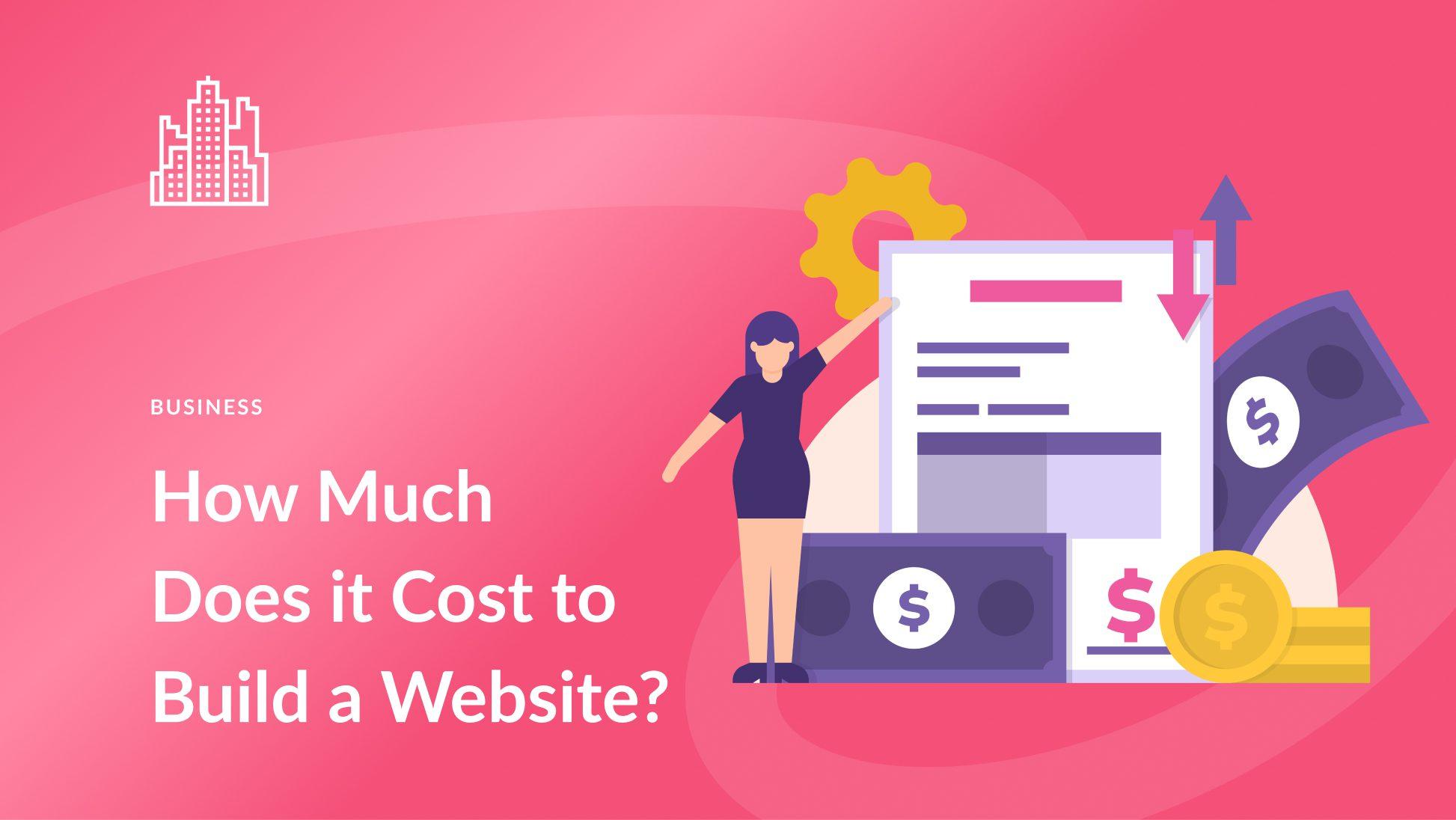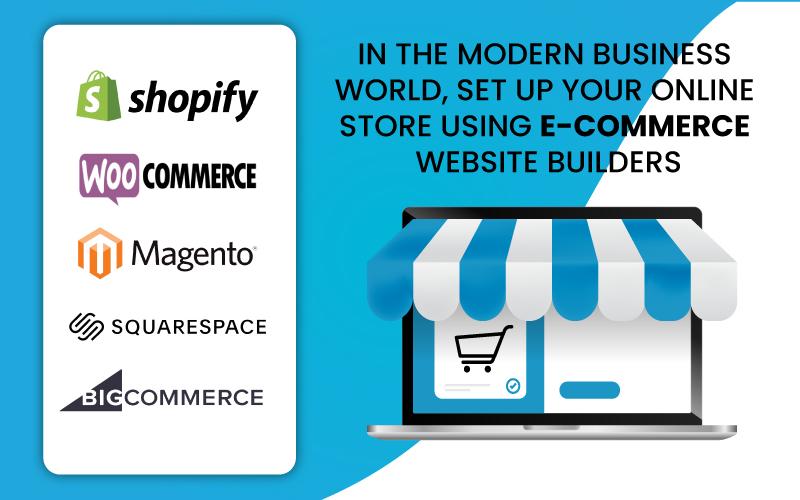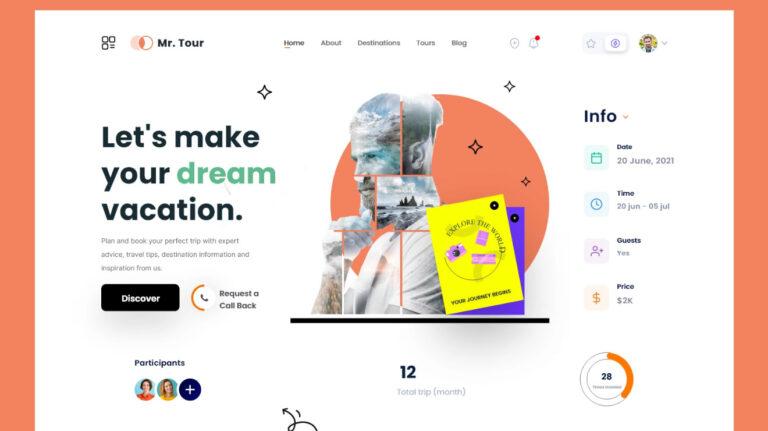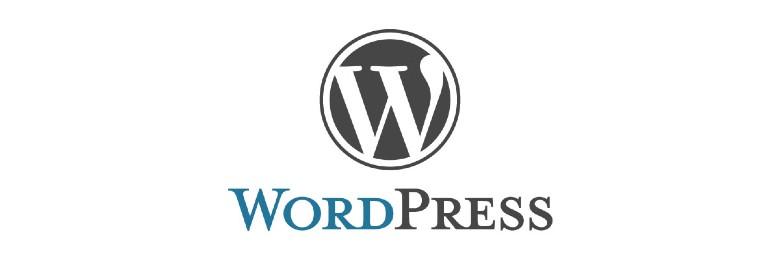How Much Does it Cost to start a Blog? (Ultimate Guide 2023)
Hey there, aspiring bloggers! Have you ever found yourself dreaming about sharing your passions with the world, but then hit a roadblock when you think about the costs involved? You’re definitely not alone! The good news is, starting a blog in 2023 is more accessible than ever, and today, we’re diving deep into what it really costs to launch your own corner of the internet.
From domain names to hosting fees, and everything in between, we’ll break down the expenses so you can plan your budget with confidence. Plus, we’ll share tips on how to keep costs low without sacrificing quality. Whether you want to blog for fun, to promote your business, or to become the next big influencer, understanding the financial side of blogging is key. So, let’s get started on your blogging journey and uncover the true cost of turning your passion into a thriving online presence!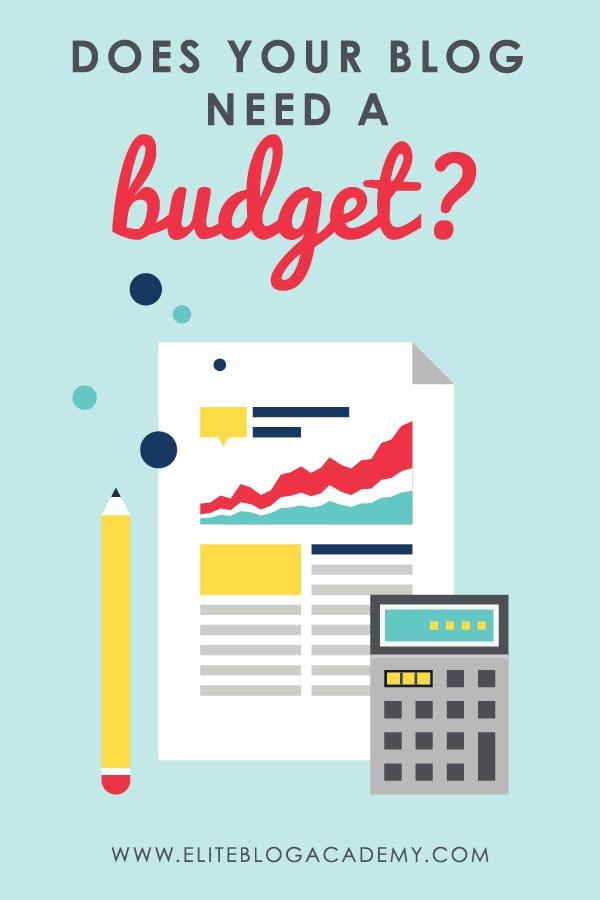
How to Determine Your Blogging Budget for 2023
Before you dive into the world of blogging, it’s crucial to establish a clear budget. Having a financial plan will not only guide you thru your initial setup but also help you maintain your blog efficiently throughout the year. Let’s explore the key components to consider when determining your blogging budget for 2023.
1. Domain Name and Hosting costs
- Domain Name: Expect to spend between $10 to $20 per year for a domain name.Its your blog’s unique identity, so choose wisely!
- Web Hosting: Hosting plans can range from $3 to $30 per month.Shared hosting is typically more affordable, while dedicated hosting offers more power and performance.
2. Essential tools and Plugins
- Content Management system (CMS): WordPress is free, but premium themes and plugins can cost anywhere from $30 to $300 one-time or annually.
- SEO Tools: Investing in tools like Yoast SEO or SEMrush can enhance your blog’s visibility, with costs ranging from $10 to $100 per month.
3. Marketing and Promotion
Promoting your blog is essential for growth. Allocate a portion of your budget for:
- Social Media Advertising: Running targeted ads on platforms like Facebook or Instagram can cost anywhere from $50 to several hundred dollars monthly.
- Email Marketing Services: Tools like Mailchimp or ConvertKit offer free plans, but premium plans can range from $10 to $100 monthly based on your subscriber count.
4.Additional Expenses
don’t forget to factor in:
- Graphic Design: If you need custom graphics or logos, consider budgeting $50 to $300 for design services.
- Educational Courses: Investing in courses to enhance your blogging skills can cost anywhere from $25 to $500.
| Expense Category | Estimated Cost (annual) |
|---|---|
| Domain Name | $10 – $20 |
| web Hosting | $36 – $360 |
| Plugins and Tools | $30 – $300 |
| Marketing | $600 – $3,000+ |
| Miscellaneous | $100 – $800 |
By carefully assessing these areas, you can set a realistic budget that aligns with your blogging goals and aspirations. Remember,investing wisely in the right tools and resources can yield notable returns,helping your blog to flourish and reach new heights in 2023!

Essential Expenses You Cant Ignore when Starting a Blog
When diving into the world of blogging, there are several essential expenses that you simply cannot overlook. While the allure of starting a blog may seem inexpensive at first, understanding the fundamental costs involved will help you create a accomplished online presence. Here’s a breakdown of crucial expenditures to consider.
Domain Name: Your domain name is your blog’s address on the web. It’s the first impression visitors will have of your blog, so choosing a unique and memorable one is vital.Expect to spend around $10 to $20 annually for a standard domain registration.
Web Hosting: Onc you have your domain, you’ll need a place to host your blog.Web hosting services can vary widely in price, but on average, you should budget between $3 to $30 per month. This cost can depend on the level of service you require, including bandwidth, storage space, and customer support.
Premium Themes and Plugins: to make your blog visually appealing and functional, investing in premium themes or plugins can be beneficial. While many free options exist, premium themes can enhance user experiance and site aesthetics. These can range from $30 to $200 for themes, and plugins can vary from $5 to $100 each, depending on their functionalities.
Marketing and Promotion: To attract readers, consider allocating a budget for marketing. This could include social media ads, email marketing tools, or even SEO tools. A monthly budget of $50 to $300 can substantially impact your blog’s visibility and growth potential.
| Expense Type | Estimated Cost |
|---|---|
| Domain Name | $10 to $20/year |
| Web Hosting | $3 to $30/month |
| Premium Themes | $30 to $200 (one-time) |
| Plugins | $5 to $100 each (one-time) |
| Marketing | $50 to $300/month |
By budgeting for these essential expenses,you can set a solid foundation for your blog. Remember, investing in your blog is investing in your future success. Prioritize these costs to ensure your blog not only launches but thrives in the competitive online landscape.
Choosing the Right Domain Name Without Breaking the Bank
Choosing a domain name is one of the most crucial steps in launching your blog. It’s not just about finding a catchy phrase; it’s about creating a brand that resonates with your audience and stands the test of time. Consider these tips to guide you through the process without overspending:
- Keep It Short and Sweet: Aim for a domain name that is easy to remember and type. A concise name minimizes the chance of user error and makes it easier for people to return to your blog.
- Use Keywords Wisely: Including relevant keywords can enhance your blog’s visibility in search engines. Though, be cautious not to overstuff—balance is key.
- Choose the Right Extension: While .com is the gold standard, don’t shy away from alternatives like .blog, .net, or .info. These can be more affordable and still effective.
- Avoid Hyphens and Numbers: These can confuse potential visitors. Stick to letters only to ensure clarity and ease of recall.
Pricing can vary significantly based on the domain registrar you choose. Here’s a rapid comparison of some popular registrars to help you find the best deal:
| Registrar | Starting Price | Renewal Price | Additional Services |
|---|---|---|---|
| namecheap | $8.88 | $12.98 | free WHOIS protection |
| GoDaddy | $11.99 | $17.99 | 24/7 customer support |
| Bluehost | $11.99 | $15.99 | Free hosting with domain purchase |
Once you’ve settled on a name, don’t hesitate to secure it right away. Domain names can be claimed in a heartbeat, and waiting could mean missing out on your ideal choice. Additionally, consider registering variations or common misspellings to protect your brand and prevent competitors from capitalizing on your hard work.
Lastly,remember that your domain name is just the beginning of your blogging journey. By being strategic and mindful during the selection process, you can establish a powerful online presence without straining your budget. choose wisely,and lay a strong foundation for your blogging adventure!
Finding Affordable Hosting Solutions That Dont Compromise Quality
When diving into the world of blogging, one of the first and most crucial steps is selecting a hosting provider that strikes the right balance between affordability and quality. In an industry saturated with options, it’s crucial to recognize that budget-kind doesn’t have to mean low-quality service. Many hosting solutions today offer powerful features at competitive prices, ensuring you can create a successful blog without breaking the bank.
To begin,consider what you truly need from a hosting provider. Some key factors to look for include:
- Reliability: Look for uptime guarantees of 99.9% or more.
- Customer Support: 24/7 support via chat, phone, or email can be a lifesaver.
- Scalability: Choose a host that allows easy upgrades as your blog grows.
- Security Features: SSL certificates, backups, and malware protection are essential.
One way to find affordable hosting is to compare various plans from different companies. Many hosting services offer introductory discounts for new users. Take a look at the pricing tiers of popular providers:
| Provider | Basic Plan Price | Key Features |
|---|---|---|
| HostGator | $2.75/month | free domain, unlimited bandwidth |
| Bluehost | $2.95/month | 1-click WordPress install, 24/7 support |
| SiteGround | $3.99/month | Daily backups, free SSL, excellent support |
Another effective strategy is to explore long-term contracts. Some hosting companies offer significant discounts if you commit to a multi-year plan. While this requires an upfront investment,the savings can be significant,ultimately reducing your overall costs. Just be sure the provider meets your standards before making a long-term commitment.
Remember, the cheapest option isn’t always the best. Investing a little more in a reputable hosting service that offers reliable support and features tailored to your blogging needs can save you time, money, and headaches in the long run. Take your time to research, read reviews, and test out support channels before making your final decision. Your blog deserves a strong foundation.
Investing in the best Blogging Tools and Plugins for Your Budget
When it comes to starting your blogging journey, having the right tools and plugins can make all the difference, both in terms of functionality and user experience. Investing in quality resources doesn’t necessarily mean breaking the bank; in fact, you can find excellent options that fit within any budget. Here’s a breakdown of some essential tools and plugins that can enhance your blogging experience without overwhelming your finances.
Content Management Systems (CMS) like WordPress are foundational for any blogger. While WordPress itself is free, you’ll want to consider investing in premium themes and plugins that elevate your blog’s design and functionality. For example:
- Premium Themes: Ranging from $30 to $100, these themes can drastically improve your blog’s aesthetics.
- SEO Plugins: Tools like Yoast SEO or Rank Math offer free versions, but premium options can be well worth the investment, typically around $50 to $100 per year.
- Backup Solutions: Services like UpdraftPlus or BackupBuddy provide peace of mind with prices starting at $70 annually.
Another crucial aspect to consider is performance optimization. Fast-loading pages are essential for user experience and SEO. Investing in plugins to enhance speed is vital. Here’s a quick overview of some recommended tools:
| Plugin | Cost | Key Features |
|---|---|---|
| WP Rocket | $49/year | Cache optimization, minification, and CDN integration |
| Smush | Free / Pro starts at $60/year | Image compression for faster loading times |
| MonsterInsights | Free / Pro starts at $99/year | Advanced Google Analytics integration |
Don’t forget about security plugins. keeping your site safe should never be an afterthought. There are fantastic options that balance cost and protection:
- Wordfence: Offers a free version with essential features, while the premium version is around $99 per year.
- Sucuri: Another reputable option with plans starting at $199 annually, providing comprehensive security solutions.
Ultimately, the best approach is to choose tools that align with your blogging goals and budget. Prioritize features that you find essential, and don’t hesitate to explore free versions before committing. Investing wisely in the right tools will not only streamline your blogging process but also enhance your audience’s experience, leading to greater success in the long run.

Exploring Free vs. Paid Themes: What’s Worth Your Money?
When it comes to building your blog,one of the most crucial decisions you’ll face is whether to opt for a free theme or invest in a paid theme. Both options come with their own sets of advantages and drawbacks, and understanding these can save you both time and money down the line.
Free themes can be incredibly appealing, especially if you’re working with a tight budget. Here are some of their notable benefits:
- Cost-effective: As the name suggests, free themes don’t cost you anything, making them perfect for beginners.
- Easy to install: Most free themes are straightforward to set up and can be activated with just a few clicks.
- Community Support: Many of these themes have large user bases, so finding solutions to common issues is often just a quick forum search away.
However, there are some downsides to consider. Free themes frequently enough come with:
- Limited customization: You may find yourself restricted in how much you can tailor the theme to fit your brand.
- Fewer features: Advanced functionalities that could enhance user experience are often reserved for paid options.
- Risk of poor support: Free themes may not offer dedicated customer support, leaving you to troubleshoot issues on your own.
On the other side of the spectrum, paid themes can be a game-changer for serious bloggers.Here’s why investing in a premium theme might be worth it:
- Enhanced features: Paid themes typically offer a wide range of features, including SEO optimization tools and customizable layouts.
- Better aesthetics: These themes often come with more polished designs that can elevate your blog’s overall appearance.
- Dedicated support: Most premium themes offer professional support, ensuring that you have help whenever you run into issues.
Of course,the investment in a paid theme can vary widely based on the complexity and the features you are looking for. Below is a simple comparison of costs associated with both options:
| Theme Type | Average cost | Customization Options | Support |
|---|---|---|---|
| Free Theme | $0 | Limited | Community-Based |
| Paid Theme | $30 – $100+ | Extensive | Professional |
Ultimately, the decision between free and paid themes hinges on your blogging goals and budget. If you’re serious about establishing a professional online presence, investing in a paid theme could be one of the best decisions you make.
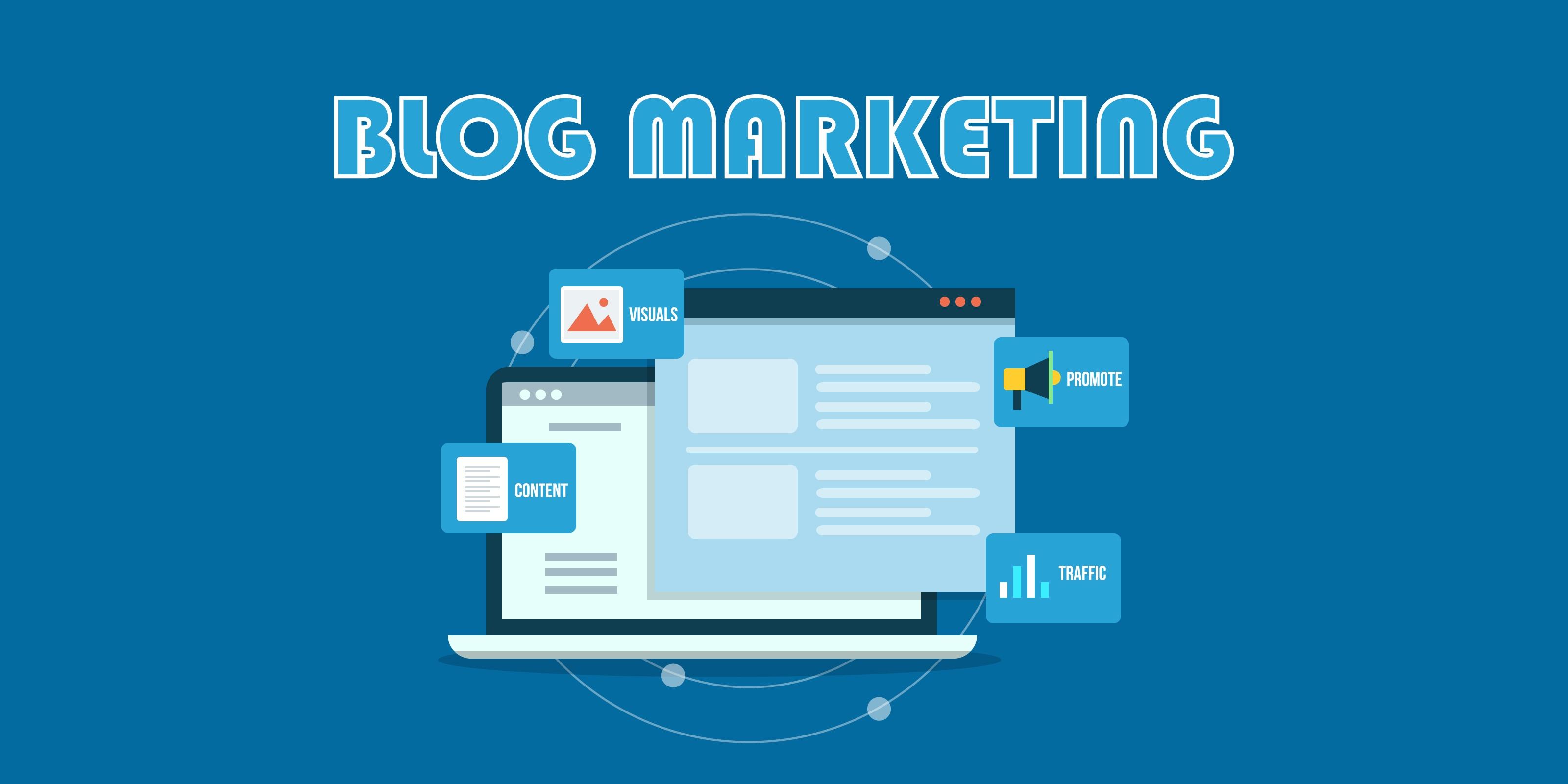
Marketing Your Blog on a Budget: Strategies That Work
Starting a blog without breaking the bank is entirely feasible, and there are numerous cost-effective strategies to ensure your blog gains traction. First and foremost, leveraging social media platforms can significantly amplify your reach without requiring a hefty investment. Utilize channels like Facebook, Twitter, and Instagram to share your posts, engage with your audience, and join relevant groups to promote your content organically.
Another effective strategy involves search engine optimization (SEO). By focusing on keyword research and optimizing your content for search engines, you can attract free traffic over time. Tools like Google Keyword Planner or Ubersuggest can help you identify keywords with low competition and high search volume. Remember,high-quality content that addresses user intent will naturally rank better,bringing in visitors without any advertising costs.
- Participate in online communities and forums related to your niche.
- Guest post on other blogs to tap into their audience.
- Utilize email marketing to keep your readers engaged with newsletters.
Networking with other bloggers can also pay dividends. collaborate on joint ventures or share each other’s content to expand your audience. Consider creating a blogging group were members support and promote each other’s work; this sense of community can be incredibly beneficial. Additionally, don’t underestimate the power of content repurposing. Take your best-performing blog posts and turn them into videos, infographics, or podcasts to reach different audiences without creating new content from scratch.
| Strategy | Cost | Effectiveness |
|---|---|---|
| Social Media Marketing | Free | High |
| SEO Optimization | Low (tool subscriptions) | High |
| Email Marketing | Free to Low | Medium to High |
consider the power of analytics. Use tools like Google Analytics to track the performance of your blog.Understanding what works and what doesn’t allows you to optimize your efforts, ensuring that every penny spent (or saved) is contributing to your blog’s growth. By prioritizing these budget-friendly marketing strategies, you’ll be well on your way to building a successful blog without the need for a substantial financial investment.
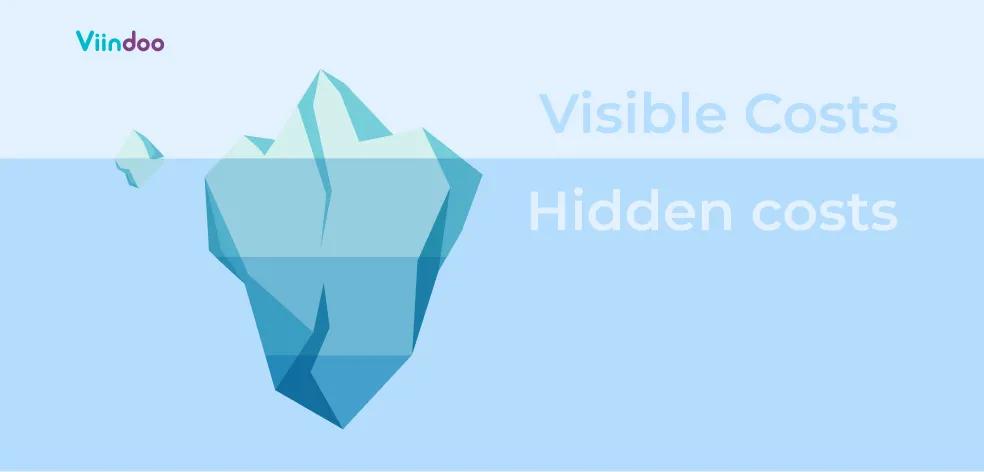
Understanding the Hidden Costs of Blogging you Need to Know
When contemplating the journey of starting a blog, many aspiring writers focus on the obvious expenses such as domain registration and hosting fees. However, the truth is that there are several hidden costs that can catch you off guard if you’re not prepared. Understanding these can save you from unexpected financial strain down the line.
One of the most significant hidden costs is premium themes and plugins. While many free options are available,they often come with limitations. Investing in a premium theme can enhance your blog’s aesthetics and functionality, making it more appealing to your audience. Similarly, plugins can add essential features to your blog, such as SEO tools, security enhancements, and social media integration, which can significantly improve your blog’s performance.
- Content Creation: If you’re not a seasoned writer, you may need to hire freelance writers or editors, which can quickly add up.
- Marketing and Promotion: To grow your audience, consider spending on advertising through social media platforms or Google Ads.
- Professional Services: Graphic designers, SEO consultants, and web developers can enhance your blog but come with additional costs.
moreover, don’t forget about ongoing maintenance. A blog requires regular updates for plugins and themes to ensure security and functionality. You might also need to budget for backups and hosting renewals, which can be a recurring expense that adds up over time. Without proper maintenance, your blog’s performance may suffer, potentially affecting your traffic and revenue.
| Expense Type | Estimated cost |
|---|---|
| Domain Registration | $10 – $20/year |
| Hosting Fees | $60 – $200/year |
| Premium Theme | $30 – $100 (one-time) |
| Plugins | $0 – $300/year (varies) |
| Content Creation | $50 – $500/post |
Lastly,consider the cost of your time. Blogging requires a significant investment of time and effort for research,writing,promoting,and maintaining your blog. Factor in the opportunity cost of what you could be doing rather, whether it’s working on your career, spending time with family, or pursuing other hobbies. The hidden costs of blogging can accumulate quickly, but being aware of them can help you budget more effectively and set realistic expectations for your blogging venture.
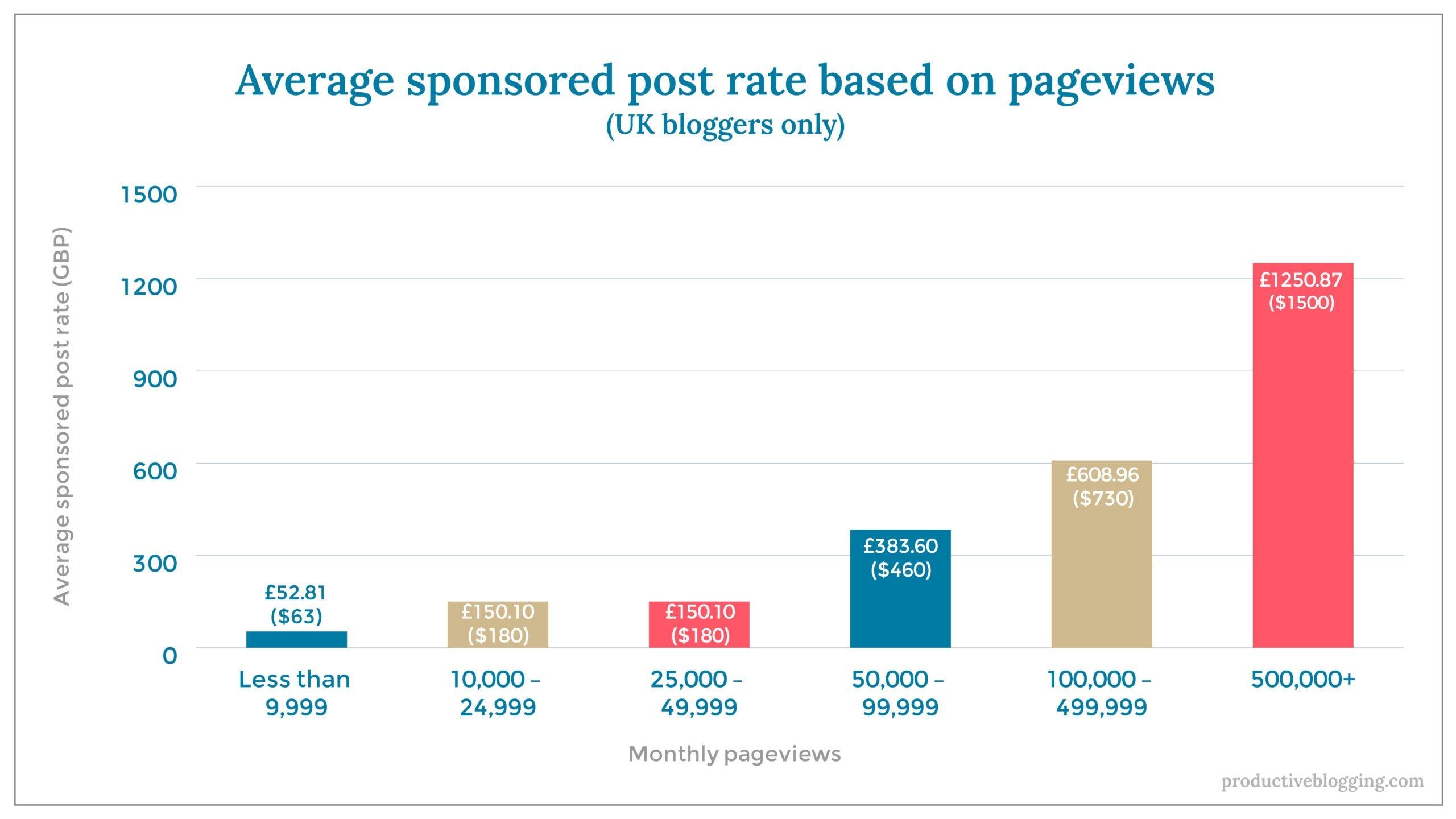
Maximizing Your ROI: How to Turn Your Blogging Costs into Earnings
Turning your blogging costs into earnings is not just a possibility; it’s a reality that many successful bloggers have achieved. By implementing the right strategies, you can maximize your return on investment (ROI) and watch your blog transform from a hobby into a profitable venture. Here are some effective methods to monetize your blog and leverage your expenses for greater financial gain.
1. Affiliate Marketing: One of the most popular ways to earn money from your blog is through affiliate marketing. By joining affiliate programs, you can promote products relevant to your niche and earn a commission on sales generated through your referral links. Focus on:
- Choosing reputable affiliate programs
- Creating quality content that seamlessly integrates affiliate links
- Utilizing email marketing to promote affiliate products
2. Sponsored Content: As your blog gains traction, companies may reach out to you for sponsored posts, where you write about their products or services in exchange for a fee. To maximize this opportunity, consider:
- Building a strong social media presence to attract brands
- Creating a media kit showcasing your blog’s statistics and audience demographics
- Reaching out to brands in your niche for potential partnerships
3. Offer Online courses or E-books: If you possess specialized knowledge, creating and selling online courses or e-books can significantly boost your earnings. This requires an initial investment in time and resources,but the potential returns are substantial. Keep in mind:
- Identify gaps in your niche where you can provide value
- Utilize platforms like Teachable or Gumroad for easy distribution
- Market your courses through your blog and social media channels
| Cost | Potential earnings |
|---|---|
| Hosting ($5/month) | $300/month (Affiliate Marketing) |
| Domain name ($15/year) | $500/month (Sponsored Posts) |
| Design Theme ($50 one-time) | $1000/month (Online Courses) |
The key to maximizing your ROI lies in diversifying your income streams while maintaining a strong focus on quality content. Regularly analyze your expenses versus your earnings and adjust your strategies accordingly. With dedication and the right approach, your blogging journey can become a lucrative one.
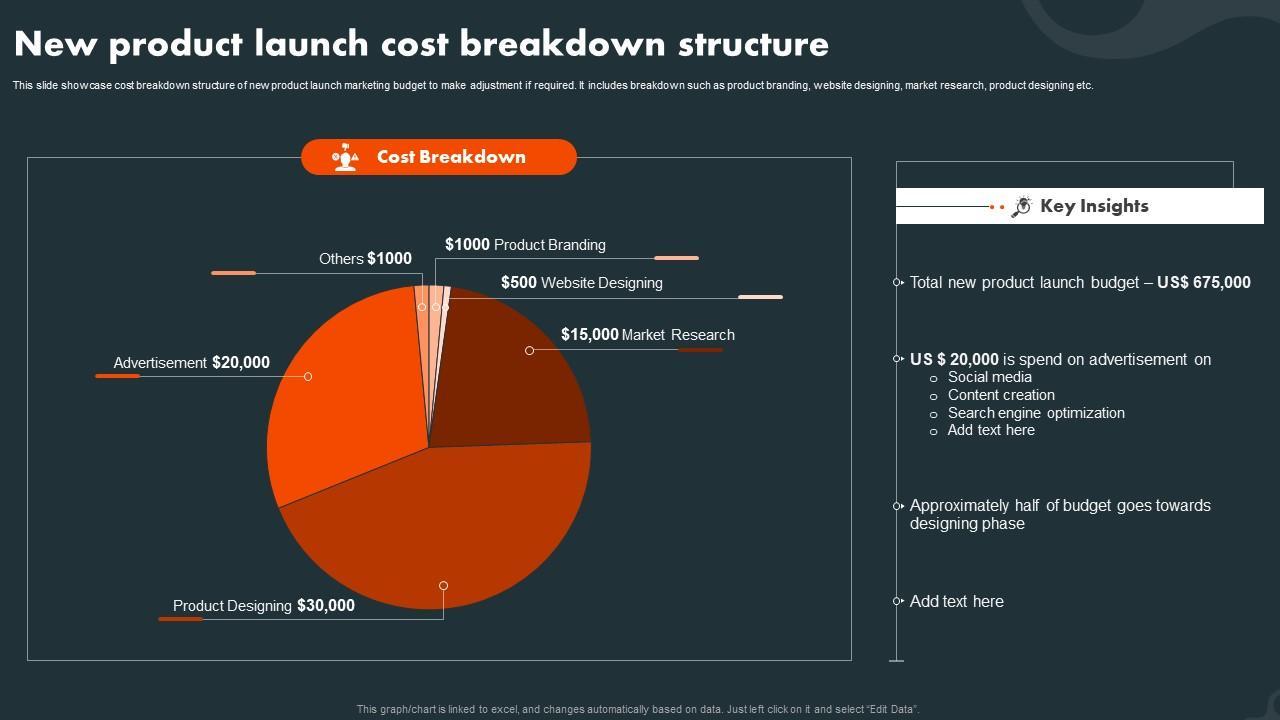
Tips for Cutting Costs While Launching a Successful Blog
Cut Costs with Smart choices
Launching a blog doesn’t have to break the bank. With a few strategic decisions, you can keep your expenses low while still building a successful platform. Here are some effective strategies to consider:
- Choose Affordable Hosting: Research budget-friendly hosting providers that offer reliable services. sites like Bluehost and SiteGround frequently enough provide competitive rates, especially for new bloggers.
- Utilize Free Themes: Instead of purchasing a premium theme, explore free themes available in the WordPress repository. Many free options are well-designed and customizable to fit your brand.
- DIY Graphics: Use free tools like Canva to create stunning blog graphics. A little creativity can go a long way in making your blog visually appealing without the costs of hiring a designer.
- Leverage Social Media: promote your blog through social media platforms at no cost.Engage with your audience and share your posts on sites like twitter, Instagram, and Facebook to drive traffic organically.
Invest Wisely
While it’s important to cut costs, there are some areas where spending a little can yield big results. Here’s a breakdown of wise investments:
| Investment | Approx. Cost | Benefits |
|---|---|---|
| Domain Name | $10 – $15/year | Establishes your brand identity. |
| SEO Plugins | $0 – $200/year | Enhances visibility on search engines. |
| Email Marketing Tools | $0 – $30/month | Builds a loyal audience base. |
By making informed choices about where to allocate your budget, you can create a flourishing blog without overspending. Always keep your goals in mind and focus on areas that will provide the greatest return on investment.
Frequently asked Questions (FAQ)
Q&A: How Much Does it Cost to Start a Blog? (Ultimate Guide 2023)
Q: Is starting a blog really worth the investment?
A: Absolutely! Starting a blog can be a rewarding venture, both personally and financially. With the right strategies, you can turn your passion into a source of income. Plus, it’s a fantastic way to share your ideas and connect with like-minded individuals.
Q: What are the basic costs involved in starting a blog?
A: The initial expenses typically include hosting, a domain name, and possibly a blogging platform. On average, you can expect to spend around $100 to $200 for the first year. This usually covers your hosting and domain registration. If you opt for premium themes or plugins,that could add an extra $50 to $300,depending on your needs.
Q: What’s the difference between free and paid blogging platforms?
A: Free platforms might seem appealing initially, but they often come with limitations, such as ads, lack of customization, and less professional appearance. Investing in a paid platform gives you full control over your blog, more storage, and the ability to monetize your content without restrictions. It’s like owning a home versus renting; owning gives you freedom!
Q: Do I really need to spend money on a domain name?
A: Yes! A custom domain name (like www.yourblogname.com) not only looks more professional but also helps with branding. Having a unique domain builds credibility and makes it easier for readers to find you. It usually costs around $10 to $20 per year,which is a small price for a big impact!
Q: How important is web hosting,and what should I look for?
A: Web hosting is crucial – it’s where your blog lives on the internet.Look for reliable hosting with good customer support, uptime guarantees, and scalability options. Prices can range from $3 to $30 per month, depending on your needs.Investing in quality hosting avoids headaches down the road!
Q: are there ongoing costs I should be aware of?
A: Yes, there are a few ongoing costs to consider, such as renewal fees for your domain name and hosting. You might also want to invest in premium themes, plugins, or marketing tools to enhance your blog’s functionality and reach. Budgeting around $100 to $300 annually is a good rule of thumb.
Q: Can I start a blog on a tight budget?
A: Definitely! Starting a blog on a budget is entirely possible. You can use free themes and plugins initially, stick with basic hosting options, and gradually invest more as your blog grows. Many successful bloggers started with minimal investment – it’s all about your content and dedication!
Q: What if I want to monetize my blog? Does that require more investment?
A: Monetizing your blog can involve some upfront costs, like setting up an email list or using certain affiliate marketing tools. However, many monetization methods, like affiliate marketing and ad placements, can eventually cover these costs. Starting with quality content is the key to attracting readers and generating income.
Q: Any final tips for someone considering starting a blog?
A: Don’t overthink it! Start with a clear niche and an authentic voice. Invest in your blog wisely,but remember that your content is king. Engage with your audience, keep learning, and don’t be afraid to adapt as you grow. You’ve got this – the blogging world is waiting for you!
To Conclude
As we wrap up our exploration of the costs associated with starting a blog in 2023, it’s clear that taking the leap into the blogging world doesn’t have to break the bank. Whether you’re aiming to share your passion, build a brand, or even create a side hustle, the investment can be surprisingly manageable.From domain registration to hosting fees,the initial setup might seem daunting,but remember,every great journey starts with a single step—and a small financial commitment.
Now that you have a clearer picture of the potential costs and what to expect, it’s time to take action! Think about your niche, jot down your ideas, and visualize the impact you want to make. Your voice matters, and the world is waiting to hear it. So go ahead, take that plunge! With the right strategy and a bit of creativity, you’ll not only cover your costs but also cultivate a thriving blog that reflects your unique viewpoint.
If you found this guide helpful, why not share it with friends who are thinking about starting their own blogs? You never know who might be inspired to join the blogging community! Happy blogging, and remember: the best time to start is now!

